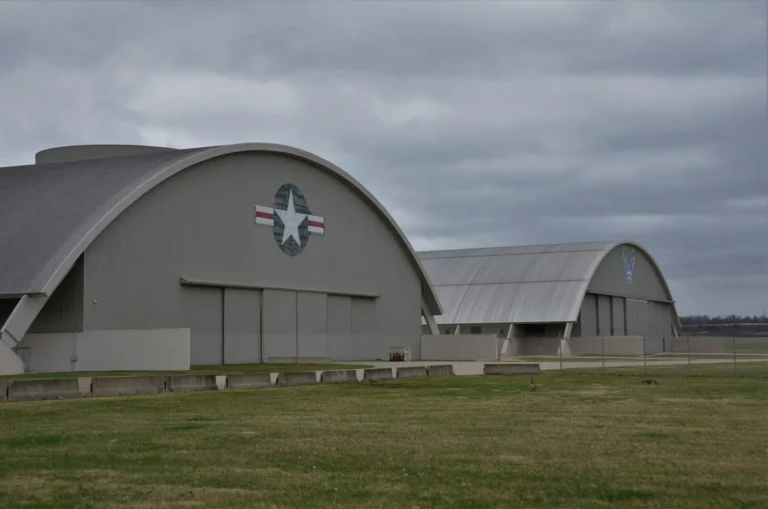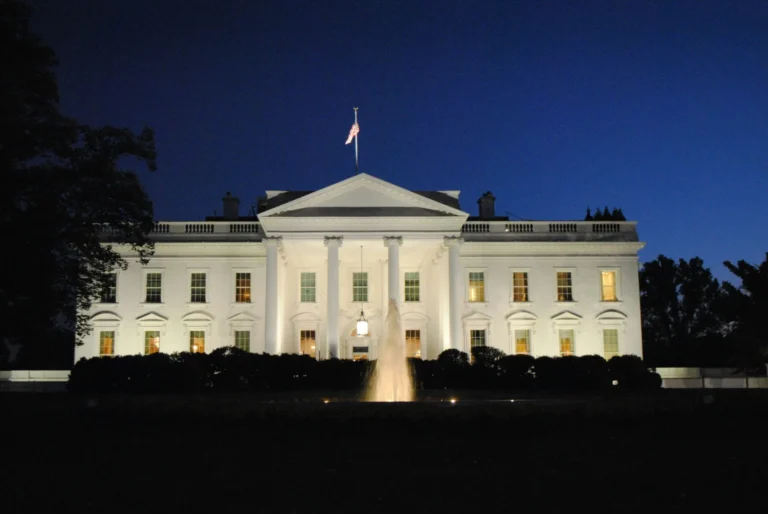Bush’s own militaryleaders declare thattorture ‘leads tounreliableinformation that maydamage subsequentcollection efforts.’
Pentagon Report Explains Why Torture Is Un-AmericanBy Cliff Montgomery – May 23rd, 2007For those hiding behind the thought that stopping torture on detainees is “unpatriotic”, we offer this de-classified August 25th, 2006 evaluation written by the Pentagon’s office of the Inspector General.We’ll let the American soldier explain why torture is un-American:“Following news media reports of allegations that U.S. Forces were abusing detainees held at detention facilities in Iraq, on May 7, 2004, 110 Members of Congress formally requested of the Secretary of Defense that the DoD (Department of Defense) Inspector General ‘supervise the investigations of tortured Iraqi prisoners of war and other reported gross violations of the Geneva Conventions at Abu Ghraib Prison in Iraq.’Detainee Treatment“Various international laws and national treaties govern the treatment of detainees taken during war and other armed hostilities. The Geneva Conventions set the standard for international law to address humanitarian concerns. Overall, the laws and treaties are intended to ensure that detainees taken during armed hostilities are treated humanely.”As of May 2004, the date of the congressional request, the DoD programs governing detainee treatment were prescribed in DoD Directive 5100.77, ‘DoD Law of War Program,’ December 9, 1998, and DoD Directive 2310.1, ‘DoD Program for Enemy Prisoners of War (EPOW) and Other Detainees,’ August 18, 1994.Detention Operations. “Within DoD, the Under Secretary of Defense for Policy has overall responsibility for the coordination, approval, and implementation of major DoD policies and plans relating to detainee operations. The Secretary of the Army, as the DoD Executive Agent, administers the program through DoD Directive 2310.1 and Army Regulation 190-8 (AR 190-8), ‘Enemy Prisoners of War, Retained Personnel, Civilian Internees, and Other Detainees,’ October 1, 1997.”The Deputy Assistant Secretary of Defense for Detainee Affairs reported that, as of May 2005, the United States had eight theater-level holding facilities, and coalition forces had five facilities in Iraq; two theater-level holding facilities and 20 Forward Operating Bases in Afghanistan; and one facility at Guantanamo Bay [Cuba].”Further, U.S. military and security forces detained over 70,000 individuals since military operations began in Afghanistan on October 7, 2001.InterrogationDepartment of the Army Field Manual 34-52 (FM 34-52), “Intelligence Interrogation.”“Prior to the issuance of the Deputy Secretary of Defense memorandum, ‘Interrogation and Treatment of Detainees by the Department of Defense,’ December 30, 2005, there was no official DoD-wide interrogation doctrine, but FM 34-52 was the de facto doctrine for intelligence personnel who conduct interrogations.”The FM 34-52 expressly prohibits inhumane treatment and warns that the use of torture by U.S. personnel will bring discredit upon the United States and its armed forces, while undermining domestic and international support for the war effort.Interrogation Operations. “DoD defines intelligence interrogation as the systematic process of using approved interrogation approaches to question a captured or detained person to obtain reliable information to satisfy intelligence requirements, consistent with applicable law.”Interrogation is an art that can only be effective if practiced by trained and certified interrogators. Certified interrogators are trained to employ techniques that will convince an uncooperative source to provide accurate and relevant information.Tactical to Strategic Interrogation. “Interrogation may be conducted at any level, from tactical questioning at the point of capture to the debriefing or interrogation conducted at a detainee’s long-term internment facility.Coercive Techniques. “The FM 34-52 states that:Physical or mental torture and coercion revolves around eliminating the source’s free will and are expressly prohibited by GWS [Geneva Convention for the Amelioration of the Wounded and Sick in Armed Forces in the Field], Article 13; GPW [Geneva Convention Relative to the Treatment of Prisoners of War], Articles 13 and 17; and GC [Geneva Convention Relative to the Protection of Civilian Persons in Time of War], Articles 31 and 32.Torture is defined as the infliction of intense pain to body or mind to extract a confession or information, or for sadistic pleasure.Examples of physical torture include–electric shock, forcing an individual to stand, sit, or kneel in abnormal positions for prolonged periods of time, food deprivation, and any form of beating.Examples of mental torture include–mock executions, abnormal sleep deprivation, and chemically induced psychosis.Coercion is defined as actions designed to unlawfully induce another to compel an act against one’s will.Examples of coercion include—threatening or implying physical or mental torture to the subject, his family or others to whom he owes loyalty.“According to the FM 34-52, prohibited techniques are not needed to gain the cooperation of detainees; [in fact] their use leads to unreliable information that may damage subsequent collection efforts. Not only does a detainee under duress provide information simply to stop the pain, but future interrogations will require more coercive, perhaps more dangerous, techniques.”Finally, the interrogator must consider the negative effect that captivity stories will have on the local population, such as choosing not to communicate with or to actively oppose the presence of U.S. military personnel.”





